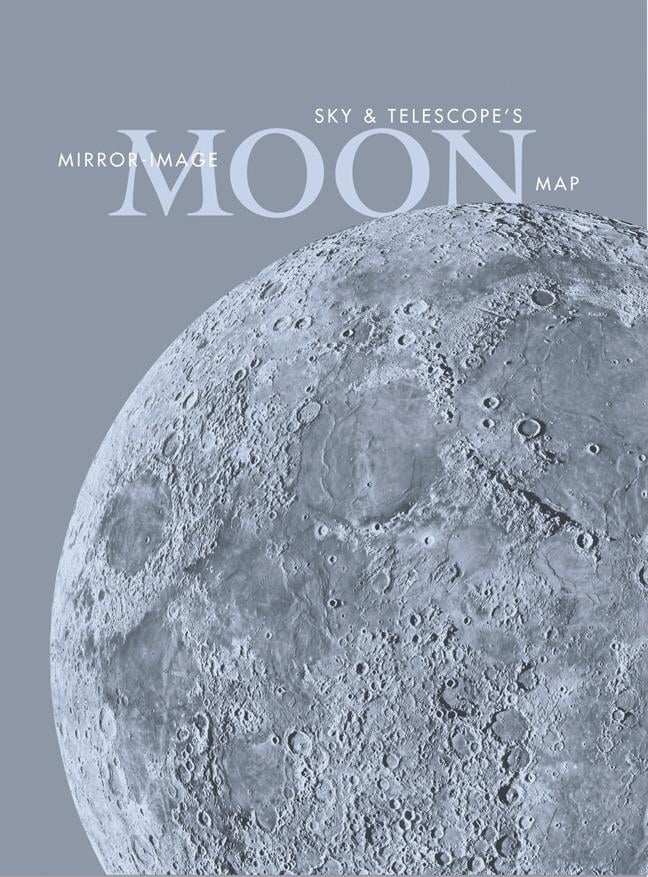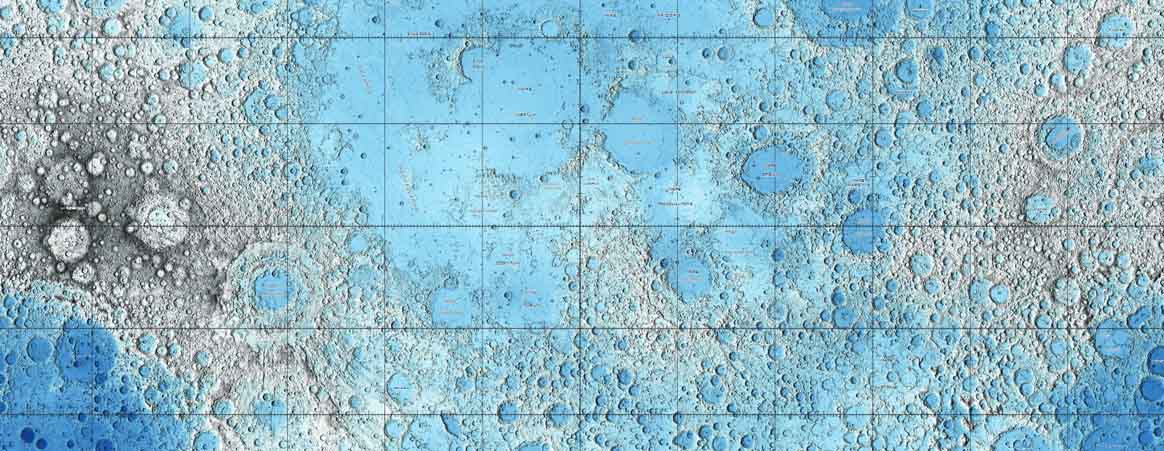
Summer begins in the Northern Hemisphere, winter in the Southern Hemisphere.įor us northerners, this is the year's longest day. This is when the Sun is farthest north for the year (in Earth's sky) and begins its six-month return southward. ■ Happy summer! The solstice arrives this morning at 5:14 a.m. By dawn on Tuesday the 21st they stand high in the southeast, as shown below.

tonight, with Jupiter to its left or upper left. ■ The last-quarter Moon rises around 1 or 2 a.m. Eventually, however, you'll catch Beta when it is quite obviously dimmer than usual. Normally Beta is only a tiny trace dimmer than Gamma. Compare it to Gamma whenever you look up at Lyra. Beta is the one on top.īeta Lyrae is an eclipsing binary star. The two brightest stars of the pattern, after Vega, are the two forming the bottom of the parallelogram: Beta and Gamma Lyrae, Sheliak and Sulafat. ■ The central stars of the little constellation Lyra, forming a small triangle and parallelogram, dangle lower right from bright Vega high in the east. The entire cluster is about 4° wide - a big, dim, irregular glow in a fairly dark sky, roughly the size of a ping-pong ball at arm's length. The cluster's brightest members form a sort of upside-down Y. You're looking into the big, dim Coma Berenices star cluster. The brightest star about two fists upper left of the Sickle is Denebola, the tail of a different carnivore: Leo.Ībout one third of the way from Alkaid to Denebola is a fainter star: Cor Caroli (Alpha Canum Venaticorum), a lovely telescopic double.Īnd what is two thirds of the way down that line? Nothing? Look again, maybe in a darker sky or with wide-field binoculars. Now spot the Sickle of Leo much lower and in the west.

Spot the star at the end of its handle, the highest one. ■ The Big Dipper hangs down by its handle high in the northwest.

Best time to look is before dawn begins, maybe 2 hours before sunrise. That dot between the Saturn and the waning gibbous Moon on the morning of the 18th is Delta Capricorni. Partway between it and the Moon look for Delta Capricorni, magnitude +2.8.īy the beginning of dawn Saturday morning the 18th, this array is high in the south - now aligned more upright, as shown below. ■ The waning gibbous Moon rises around midnight tonight with Saturn glowing to its left (by about 7°).


 0 kommentar(er)
0 kommentar(er)
